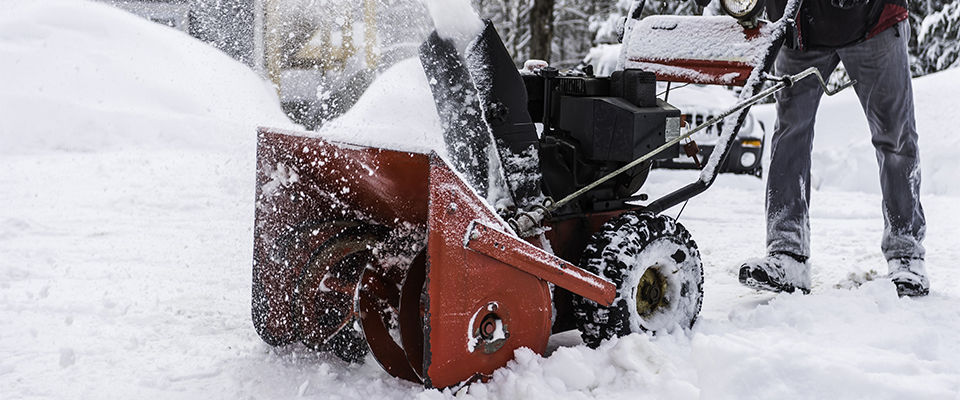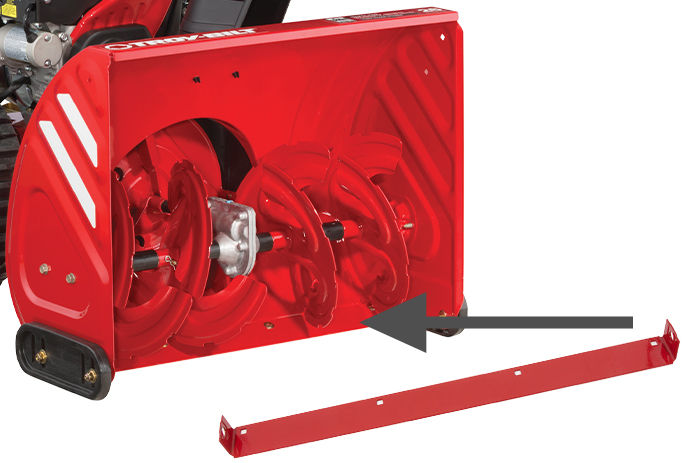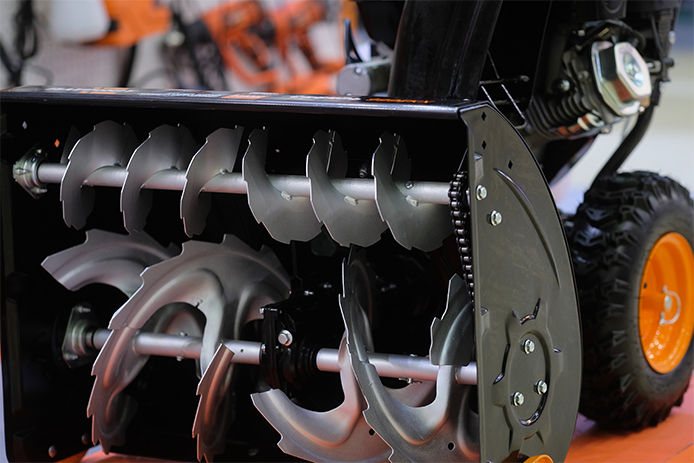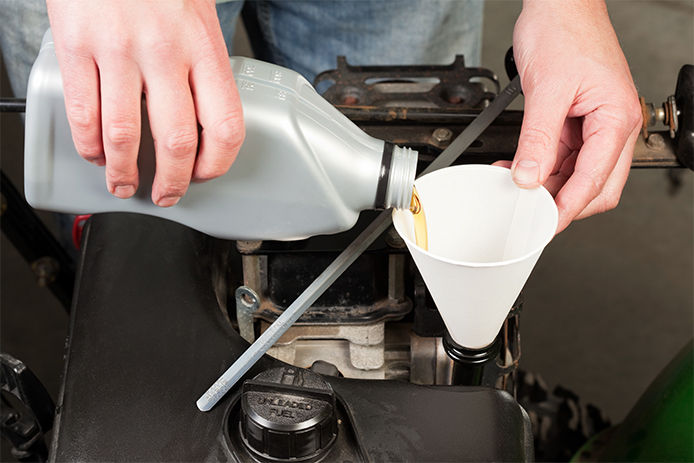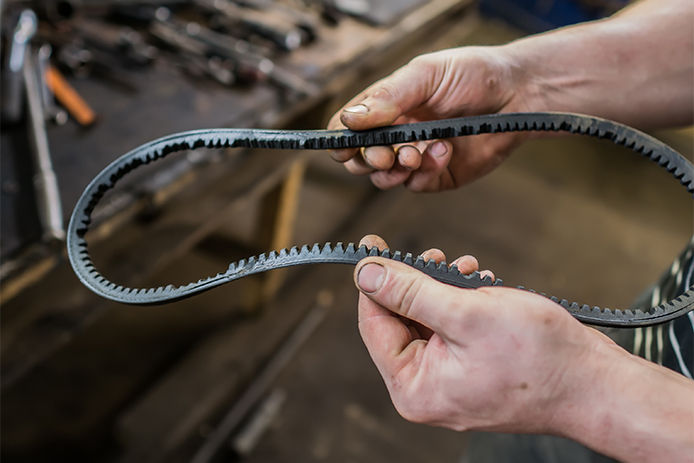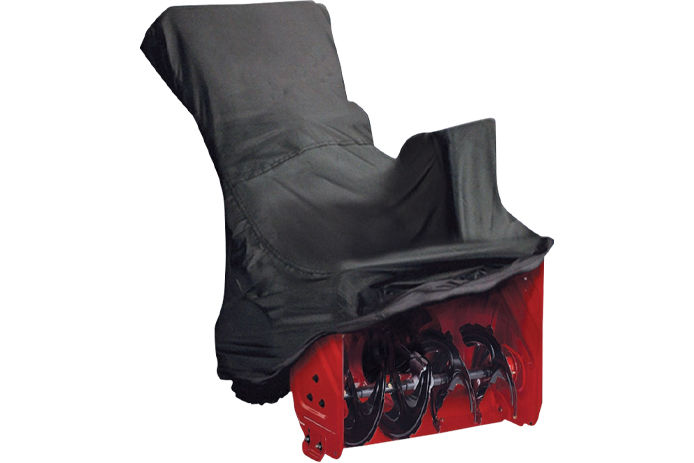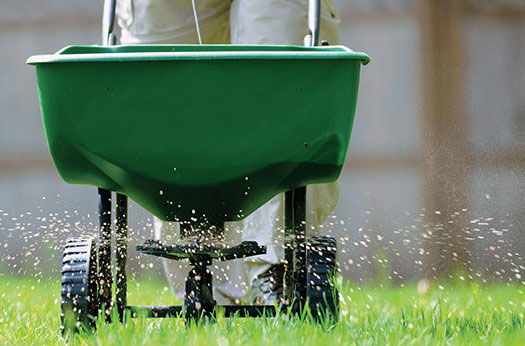This maintenance step is recommended for both types of snowblowers, single-stage and two-stage devices. Single-stage snowblowers allow you to detach the shave plate and flip it around to use the other side when it comes to the shave plate. Once both sides are worn, replace them. Two-stage snow blowers must have their shave plates replaced each time they wear out. The blades on two-stage snowblowers should last a few seasons at a time at least, but eventually, they need replacement, or they’ll leave snow behind on the surface as you work.
Snowblowers need at least at much maintenance as a lawnmower, maybe even more. Just make sure to check it for signs of wear at the beginning and the end of winter. That will ensure that the snowblower is always in good shape and ready to use in case of unexpected snowfall.
While do-it-yourself projects can be fun and fulfilling, there is always a potential for personal injury or property damage. We strongly suggest that any project beyond your abilities be left to licensed professionals such as electricians, plumbers, and carpenters. Any action you take upon the information on this website is strictly at your own risk, and we assume no responsibility or liability for the contents of this article.
